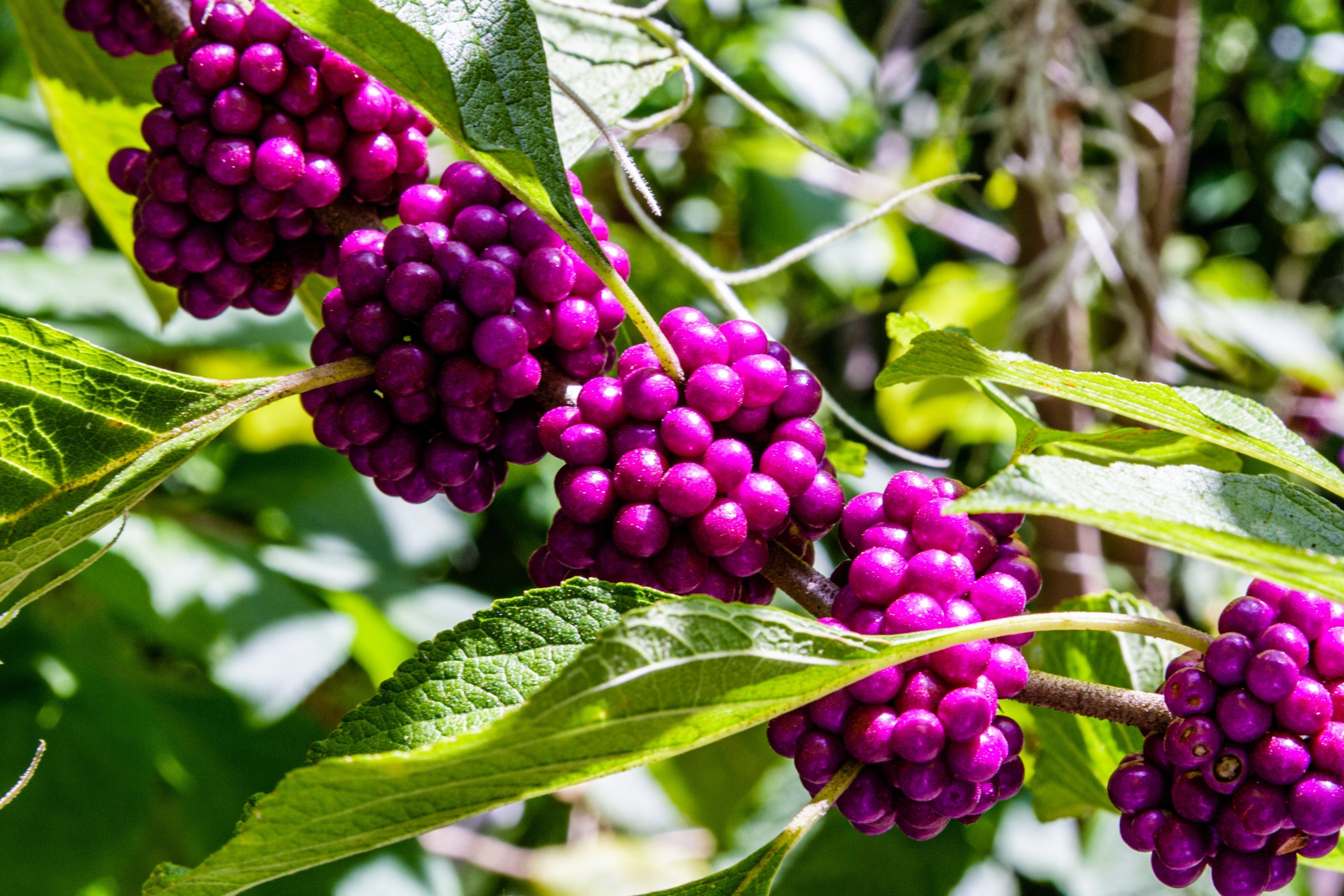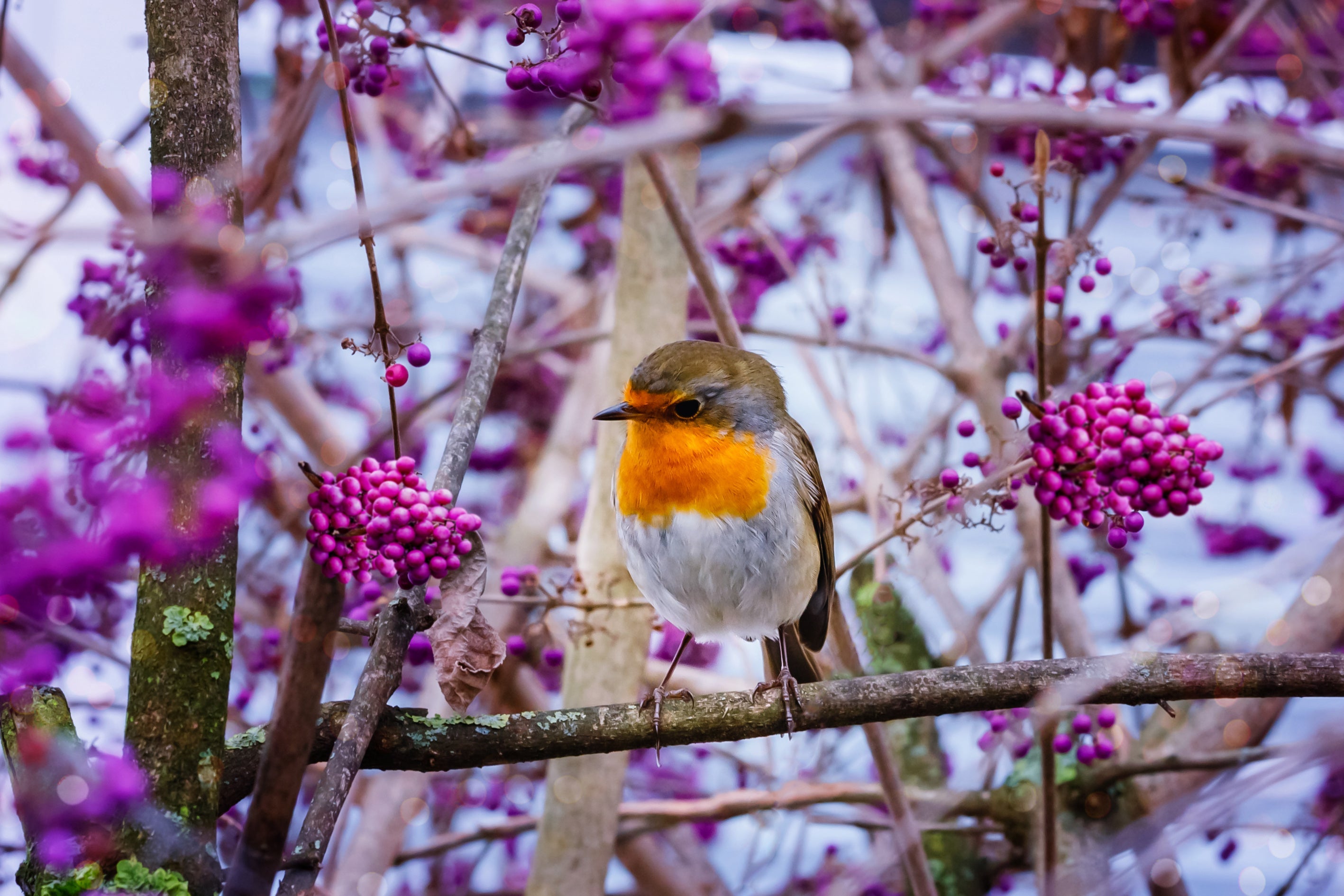From Yard to Table: Edible Native Plants to Plant This Spring

Imagine stepping into your backyard and harvesting fresh, nutrient-rich food from edible native plants that naturally thrive in your region. Unlike conventional vegetable gardens that require intensive care, native food plants create sustainable, low-maintenance food gardens since they are already adapted to your climate, soil, and rainfall, making them resilient, water-wise, and eco-friendly choices.
This guide will explore the many benefits of growing native edible plants, how to integrate them into your edible landscape, and which species are perfect for your backyard. Now, let’s turn your yard into a productive, beautiful, and biodiverse food source this spring!
Bringing the Wild to Your Plate: The Benefits of Native Edibles
Growing native edibles has numerous benefits; let’s look at a few important ones.
Sustainable Choices: Plants That Support Local Biodiversity
Perhaps the most critical factor in native edible garden designs is their superior sustainability. Indigenous flora are the most sustainable garden plants because they are already adapted to your local conditions.
When growing indigenous food plants, we typically give them more water than those grown for ornamental purposes because it promotes higher yields. Still, they require far less than most fruits and vegetables, especially for those in dry climates more suited to drought-tolerant plants, saving precious water resources.
Growing native plants goes hand in hand with low-maintenance and low-cost organic gardening. Enriching your soil with compost and mulch every spring and again in fall builds a healthy soil structure teeming with beneficial microbes. Those microbes break down the mulch and compost, feeding your plants how nature intended while conserving soil moisture. You need less water and no synthetic fertilizers to get high yields. Growing Indigenous food plants in healthy soil also means your crops are not prone to pests in the first place. This eliminates the need for pesticides and herbicides that contribute to air, water, and soil pollution and produce food that is not healthy to eat.

Finally, growing native plants also helps support local biodiversity by enhancing their ability to survive in our increasingly fragmented and changing environment. You also help support local wildlife, pollinators, and beneficial insects, further promoting local biodiversity.
Growing Native Plants Organically is More Nutritious
Many native food plants are far more nutritious than introduced or domesticated varieties. Since they require no pesticides and fertilizers, they can be grown organically and contain more nutrients and antioxidants than conventional crops, with numerous other health-related benefits.
Edible Landscaping: Blending Beauty with Functionality
Unlike traditional vegetable gardens confined to raised beds or designated plots, edible landscaping is a sustainable garden design that integrates food-producing plants into ornamental design, enhancing aesthetics while contributing to food sovereignty. Native plants often have striking foliage, vibrant flowers, and colorful fruits that beautify your garden while attracting pollinators, birds, and beneficial insects, contributing to a thriving backyard ecosystem.

When you layer your plants to create a food forest effect by incorporating trees for shade (like Mexican Plum), mid-sized shrubs (such as Agarita), groundcover herbs, and edible vines, you can save space while enhancing aesthetics, food production, and biodiversity values.
Foraging vs. Cultivating: Wild Edibles You Can Grow at Home
While wildcrafting and foraging plants in spring is an ancient and rewarding experience, wild foraging is becoming problematic in our modern world. One reason is that wild edibles that are not invasive plants can quickly become depleted. Their habitats have already become severely reduced and fragmented, so many struggle to survive. When too many people harvest them, it puts more pressure on struggling populations. This also affects the wildlife that depend on them for food, producing a cascading effect along the food chain. Finally, the other issue is the safety of the food you harvest. Our increasingly developed landscape is often polluted with fossil fuels, roadside exhaust, pesticides, herbicides, and industrial chemicals, making their safety questionable. Truly wild spaces where foraging is still safe are often protected areas where harvesting is prohibited or strictly limited.
On the other hand, growing wild edibles at home increases the population of our native edibles, provides ecosystem benefits for wildlife and beneficial insects, and reduces pressure on our wild populations. Here are some delicious ones for your backyard edible garden!
Agarita: The Berry Bush That Feeds Pollinators and People
Agarita is a resilient shrub that thrives in dry, rocky, limestone-based soils. Its beautiful evergreen holly-like leaves provide year-round beauty and cover for wildlife, while its fragrant yellow flowers attract pollinators in early spring. These are followed by edible red berries that our native birds love, but they also make excellent jellies, wines, tarts, pancakes, and cobblers.
Image: AGARITA is available now at Nativo Gardens!
Spineless Prickly Pear: A Drought-Tolerant Superfood for Your Garden
When looking for native plants to grow for food, always consider prickly pears. They are easy to grow and thrive in dry, well-drained, poor-quality soils yet produce abundant yields. They also add evergreen beauty and stunning red, pink, orange, or yellow blooms to the landscape.
The Spineless Prickly Pear is perfect for edible landscaping since it lacks the large spines most have, making harvests easier. Although they still produce tiny glochids that irritate the skin, harvesting them with silicone-tipped kitchen tongs and then running the fruits and pads in cold water makes it painless! The best part is that you can eat nearly the whole plant. The new cactus pads can be picked in spring and eaten fresh in salads or cooked in delicious stir-fries, tacos, soups, and more. Later in summer, you get a second seasonal harvest when its productive bright red fruits, known as tunas, mature and ripen. You can eat raw fruits or turn them into delicious jams, jellies, and syrups.
Image: SPINELESS PRICKLY PEAR is available now at Nativo Gardens!
Mexican Plum: A Fragrant, Fruit-Bearing Tree for Your Landscape
The Mexican Plum is a deciduous tree perfect for adding a layered food forest effect to your edible landscape. It produces fragrant, showy white flowers that bloom in early spring, attracting pollinators. These are followed by yellow plums that turn mauve and purple as they ripen between July and September. They can be eaten right off the tree when ripe, a perfect blend of sweet and tart. If they are too tart, try them with salt, lime, and chili! Otherwise, make them into jams, wine, cobbler, tarts, muffins, and cakes.
Image: MEXICAN PLUM is available now at Nativo Gardens!
Chile Pequin: The Tiny Pepper with Big Flavor and Heritage Value
The Chile Pequin is a resilient perennial indigenous herb that grows in various conditions. It produces beautiful white flowers from June to September that turn into vibrant red mini chilies with a real kick! They are the perfect addition to salsa, guacamole, chili, spicy sauces, and soups. They can be roasted and added to salads and vegetable dishes, or if you have a sweet tooth, try dipping them in chocolate! You can also leave some for birds who love to gobble them up, making them perfect for a wildlife-friendly garden.
Image: CHILE PEQUIN is available now at Nativo Gardens!
Harvesting & Using Your Native Edibles:
Seasonal Harvesting: When and How to Collect Your Native Crops
When you harvest your native food plants depends on the plant and your conditions. The key to knowing when is observation. Check your crops regularly. Fruits and berries should be fully colored with no hint of green remaining, and they should be sweet and juicy when eaten.

When harvesting greens, the key is to harvest early. Greens often become tough or bitter when you wait too long. The best time to harvest prickly pear pads is in the spring, harvesting only the new pads just before they mature. Other greens you eat in a salad or cooked like spinach, like amaranth, become less appealing if you wait until they flower, similar to how lettuce becomes bitter when it bolts.
When harvesting indigenous root crops, the best time is late in the season, once the roots have had a chance to grow and mature, after the heat of summer, but before the winter comes.
From Garden to Table: Delicious Ways to Enjoy Your Harvest
Not sure how to cook your wild or native edibles? Look up recipes online or buy indigenous cookbooks for inspiration. Make a “wild salad,” substitute native berries for blueberries in your favorite recipes, or make salsas and chutney with prickly pears instead of your usual ingredients. Don’t be afraid to experiment; the only limit is your imagination!
Preserving the Bounty: Drying, Fermenting, and Storing Native Foods
You can extend your bounty by drying, freezing, canning, or fermenting your seasonal harvests, allowing you to enjoy your native edibles all year, even in winter! Prickly pear fruits freeze easily and can be made into delicious jams and preserves in the winter, while the young pads can be pickled for a tasty treat! Berries and fruits always dry and freeze well, and plums taste delicious canned; these can be eaten as is or used in baking. Each year, try something different to discover what you like best!

Final Thoughts
By growing native edible plants, you cultivate a thriving, low-maintenance garden and preserve local biodiversity and traditional foods. Whether incorporating these plants into a food forest, an edible landscape, or a backyard veggie garden, they will reward you with delicious and healthy harvests, enhanced soil health, low maintenance, and food and habitat for local wildlife.
With spring in full swing, now is the time to embrace sustainable gardening and start growing your own wild edibles at home. What native edibles from Nativo Gardens are you excited to plant this season? Share your experiences with friends and family and join the movement towards a more resilient, locally sourced food future!




Comments